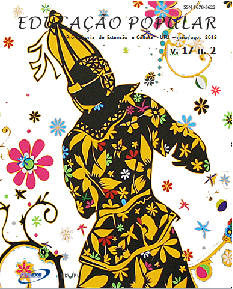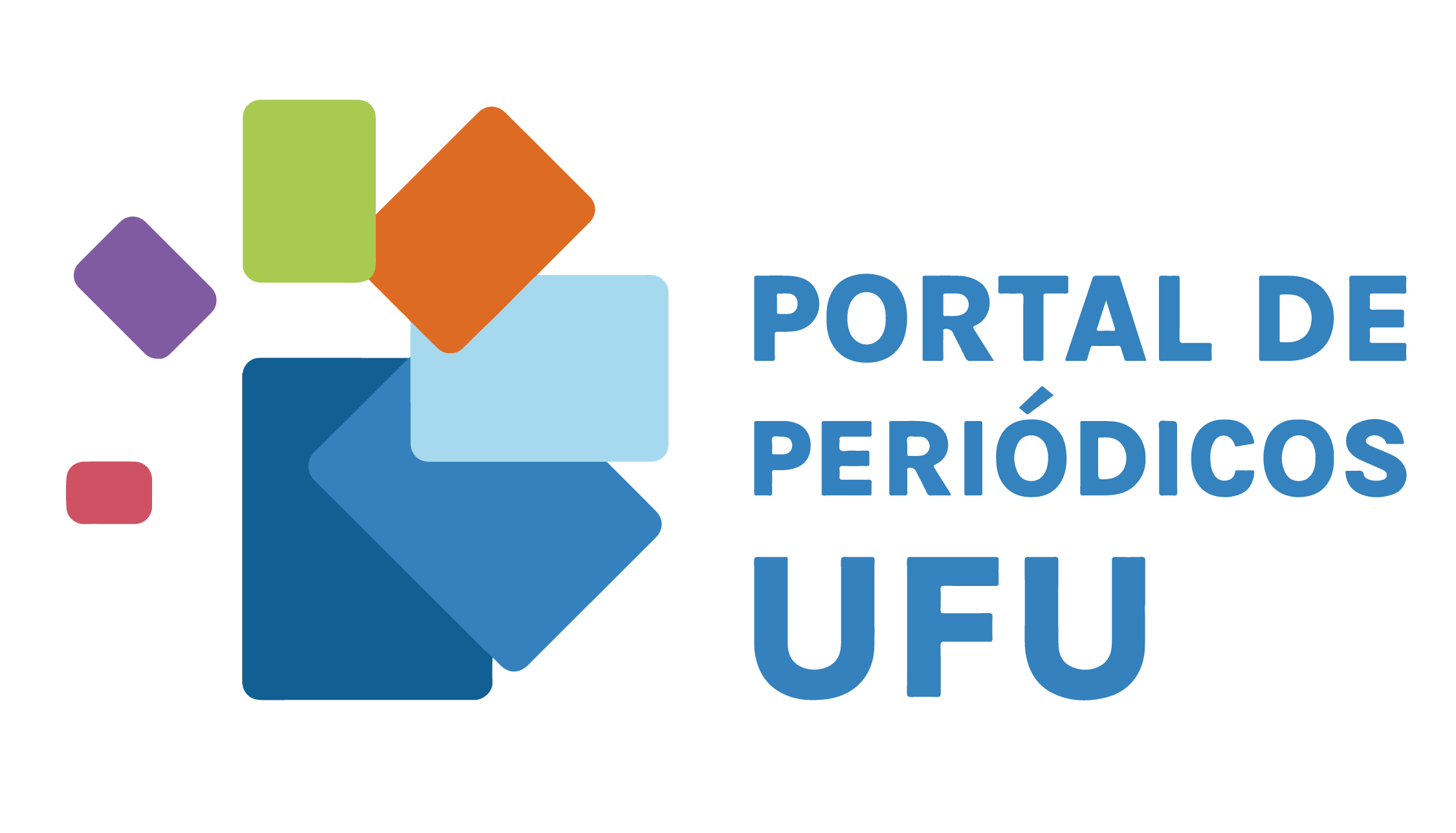Macuxi plastic artist and educational special attendance to promote inclusion of students with and without special education needs
DOI:
https://doi.org/10.14393/rep-v17n22018-art07Keywords:
Regional Art, Interculturality, Skills, InclusionAbstract
This article has as its objective to describe and analyze how the subproject was developed, it was entitled “Kids painting art – reference to the macuxi artist Jaider Esbell”, in a municipal school in the city of Boa Vista, State of Roraima, Brazil. As planned, it was developed as part of the larger Project called “INCLUDE” which
is a responsibility of the Coordination of Special Education of the Municipal Secretary of Education and Culture. Emphasis was specifically placed on the valuing of regional culture as a device of intercultural exchange between students with special educational needs and their colleagues in conjunction with the innovative process of learning. In this course we observed the meaning of intercultural interaction in school, the student’s involvement with the artist and his art, the curiosity about his culture and attitude as an artist. At the end of the project, a motivation was found, such as developed skills, student autonomy and learning, and his paintings, an art in the form of rereading and his own creation based on the contemporary art of the partner artist in this action.
Downloads
References
APPLE, M. W. Class and teaching. In: WALKER, S. Y; BARTON, L. Gender, class & education. London: The Falmer Press, 1993.
BRASIL. Constituição (1988). Constituição da República Federativa do Brasil. Brasília, DF: Senado Federal, 1988.
______. Ministério da Educação. Marco Político-legal da Educação Especial na Perspectiva da Educação Inclusiva. Brasília: SEE, 2010.
CARVALHO, R. E. Educação inclusiva: com os pingos nos “is”. 11. ed. Porto Alegre: Mediação, 2016. 176 p.
CAMPOS, C. (Org.). Diversidade socioambiental de Roraima: subsídios para debater o futuro sustentável da região. São Paulo: Instituto Socioambiental, 2011. 35 p.
CIDR. Índios de Roraima: Macuxi, Taurepang, Ingarikó, Wapixana. Boa Vista: Editora Gráfica Coronário, 1987. (Coleção Histórico-Antropológica).
FLEURI, R. M. (Org.). Educação intercultural: mediações necessárias. Rio de Janeiro: DP&A, 2003.
GEERTZ, C. A interpretação das culturas. Rio de Janeiro: LTC, 2008. 323 p.
HALL, S. Race, culture, and communications: looking backward and forward at culture studies. Rethinking Marxism, Kalamazoo, v. 5, n. 1, p. 10-18, 1992. Doi: http://dx.doi.org/10.1080/08935699208657998.
HOLANDA, A. B. Dicionário Aurélio de língua portuguesa. São Paulo: Positivo, 2010. 2.272 p.
LURIA, A. R. Vigotskii. In: VYGOTSKY, L. S. et al. Linguagem, desenvolvimento e aprendizagem. São Paulo: Scipione, 1993.
MARTINS, M. L.; ABRANTES, A. A., FACCI, M. G. D. Periodização histórico-cultural do desenvolvimento psíquico: do nascimento à velhice. In: BARROCO, S. M. S.; LEONARDO, N. S. T. (Org.). A periodização histórico-cultural do desenvolvimento da educação especial: o problema da idade. Campinas, SP: Autores Associados, 2016. p. 324-327.
MOLON, S. I. Subjetividade e constituição do sujeito em Vygotsky. Petrópolis: Vozes, 2003. 143 p.
SANTILLI, P. Pemongon Patá: território Macuxi, rotas de conflito. São Paulo: UNESP, 2001. 225 p.
UNESCO. Em busca da equidade: elaboração de planos nacionais de educação para todos na América Latina. Informe final. Santiago, 2002.
VIGOTSKY, L. S. Teoria e método em psicologia. São Paulo: Martins Fontes, 2004. 524 p.
Downloads
Published
How to Cite
Issue
Section
License
Copyright (c) 2018 Selma Maria Cunha Portela

This work is licensed under a Creative Commons Attribution-NonCommercial-NoDerivatives 4.0 International License.
Autores que publicam nesta revista concordam em manter os direitos autorais e conceder à revista o direito de primeira publicação, com o trabalho simultaneamente licenciado sob a Licença Creative Commons Atribuição-NãoComercial-SemDerivações 4.0 Internacional.





